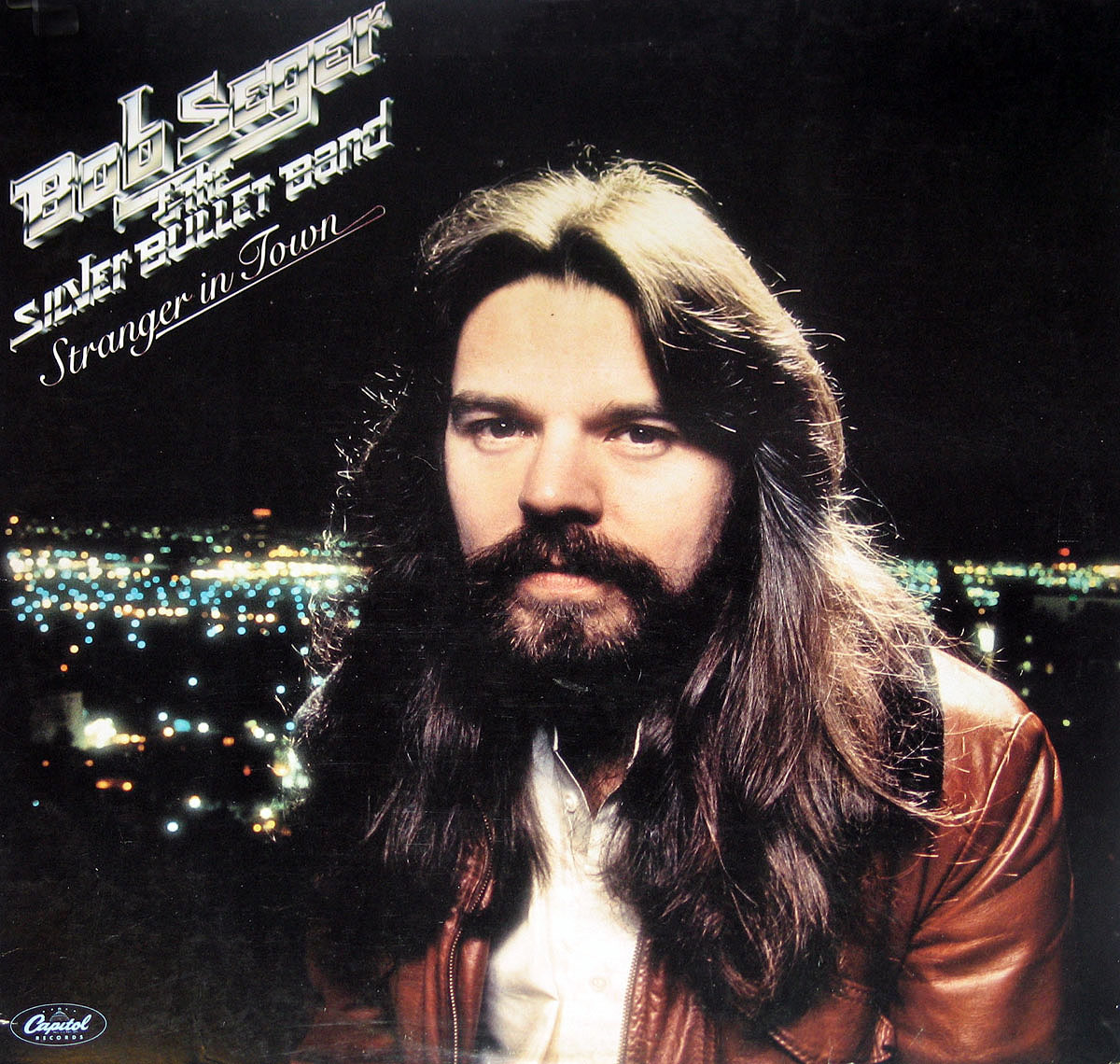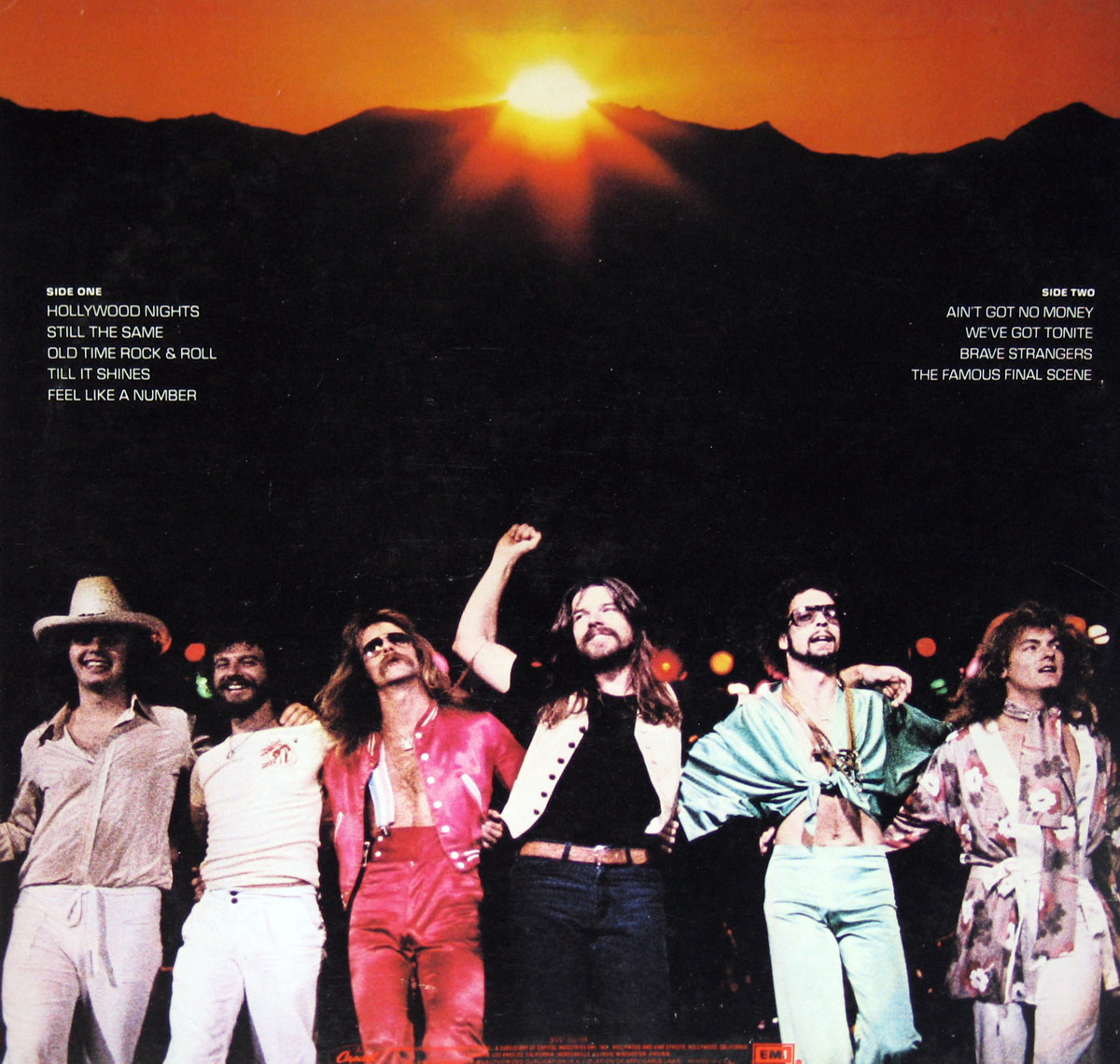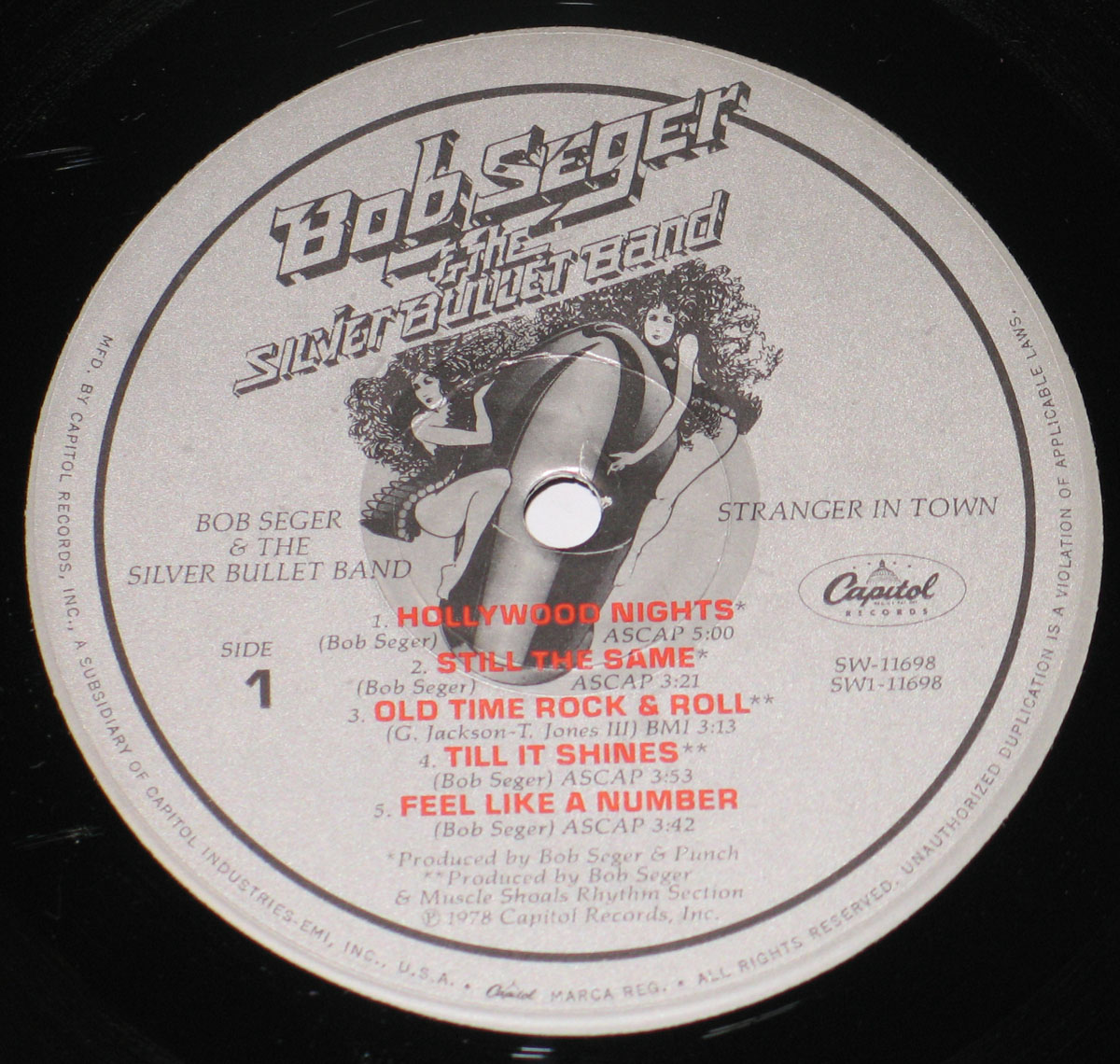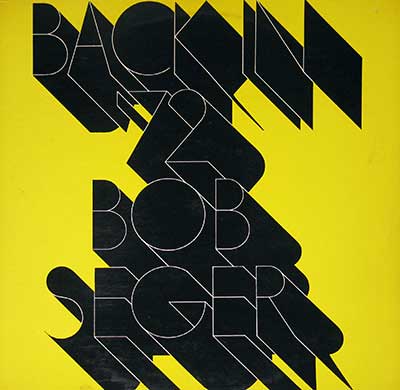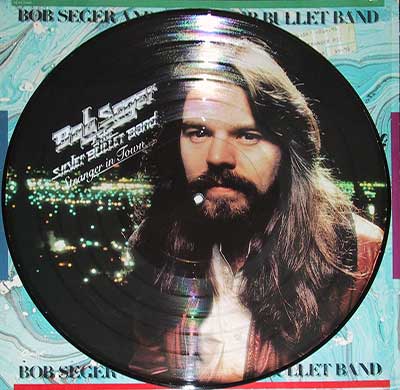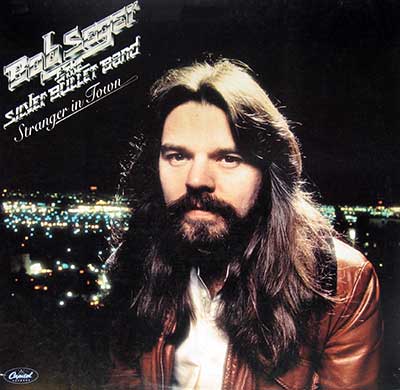"Stranger in Town" Album Description:
In the realm of American rock music, few artists have captured the spirit of blue-collar America quite like Bob Seger. With his distinct raspy voice, soulful lyrics, and captivating stage presence, Seger and his Silver Bullet Band have left an indelible mark on the music landscape. One of their most iconic albums, "Stranger in Town", released in 1978, encapsulates the essence of Seger's artistry and the enduring allure of vinyl records as a medium for experiencing music.
Bob Seger's career spanned several decades, but it was his collaboration with the Silver Bullet Band that propelled him to superstardom. Comprised of talented musicians, the Silver Bullet Band provided the perfect backdrop for Seger's evocative storytelling and raw vocal delivery. Together, they created a signature sound that resonated with fans across the globe.
Released as the tenth studio album by Bob Seger and the Silver Bullet Band, "Stranger in Town" marked a significant milestone in Seger's career. The album opens with the instantly recognizable hit single, "Hollywood Nights". With its driving rhythm, catchy melody, and Seger's impassioned vocals, the song sets the tone for the rest of the album.
The 12" vinyl LP format of "Stranger in Town" adds an extra layer of enchantment to the album. The larger canvas of the vinyl record allows for a more immersive experience, as listeners are invited to engage with the music on a deeper level. The warm analog sound, the visual appeal of the album cover art, and the physical act of flipping the record create a tangible connection between the music and its admirers.
In an era dominated by digital music formats and streaming services, vinyl records have experienced a remarkable resurgence in popularity. Music enthusiasts and audiophiles have rekindled their love affair with vinyl, appreciating its unique sonic characteristics, the tangible nature of the medium, and the intentional listening experience it offers. The vinyl revival speaks to a desire for a more immersive and authentic way of engaging with music, and albums like "Stranger in Town" exemplify the enduring appeal of vinyl records.
